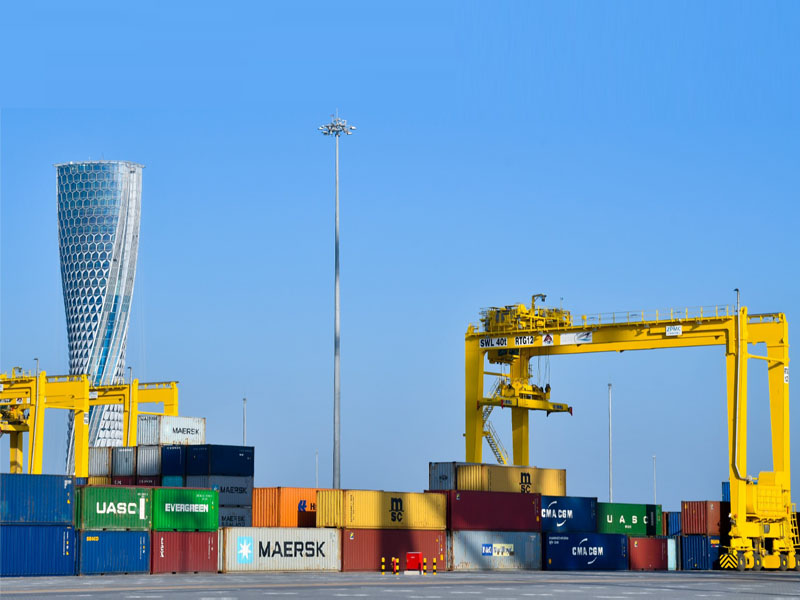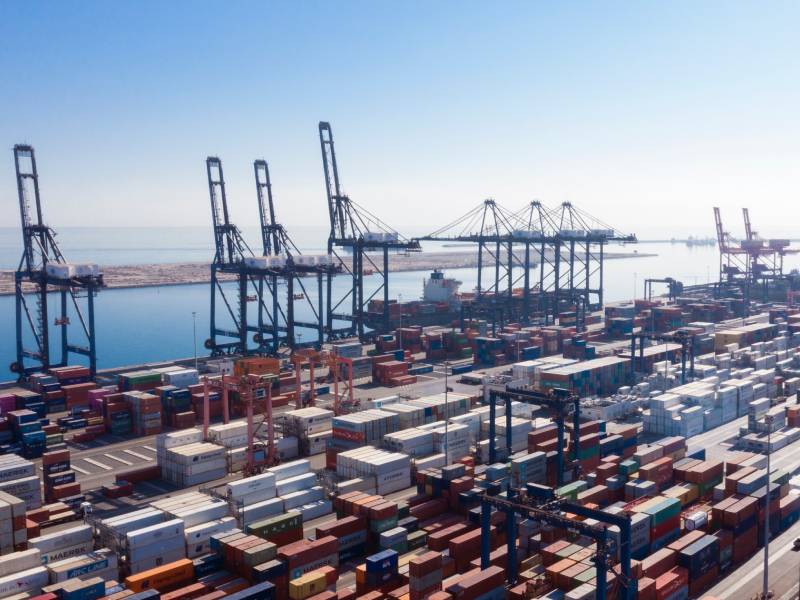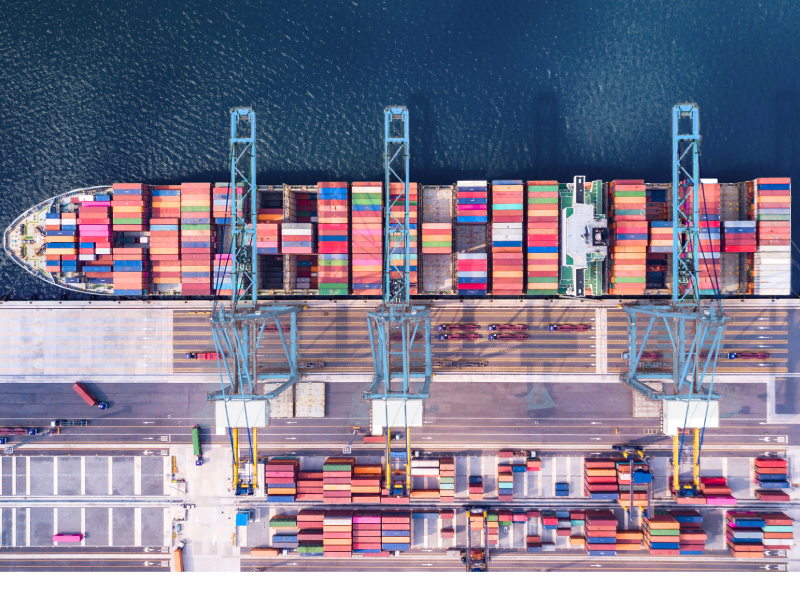Even though Hamad Port started operating in December 2016, the port’s formal opening was held on September 5th, 2017, under the patronage of Emir H.H. Sheikh Tamim bin Hamad Al Thani. Given an annual capacity of 7.5 million twenty-foot equivalent unit (TEU) and under the management of Mwani Qatar, Hamad Port is one of the biggest ports in the Middle East. It is a for a long-time tangible expression of the Qatar National Vision 2030, a port that focuses on the social, economic, ecological, and cultural growth of the country.
In addition to being well-positioned to create a regional shipping centre in the GCC, Mwani Qatar is also well-positioned to play a significant role in diversifying the Qatari economy to get it ready for a future without hydrocarbons. Three new container terminals are part of the multi-billion-dollar expansion, which also adds a few other new, industry-specific capabilities. The port also deals with a range of speciality imports, such as cattle, cars, and bulk grain, in addition to ordinary cargo traffic. The port will also house a base for offshore and marine support boats in addition to this provision.
Historically, exports of oil and gas have been a major part of Qatar’s economy. Qatar wants to diversify its economy by growing its non-oil industries, such as commerce, logistics, manufacturing, and tourism, and is doing this via building the Port of Hamad. The port serves as a hub for the import and export of a variety of items that are not just related to oil and gas. At Hamad Port, new facilities and infrastructure help Qatar increase commerce with different countries. The port draws foreign companies and boosts economic activity by serving as an effective and dependable centre for the import and export of products. Foreign investors find it appealing when a port is present since it offers quick access to national and international markets. The capabilities of Hamad Port foster an advantageous environment for companies wishing to establish a presence in Qatar or utilise it as a local logistics hub.
Road and rail connections are part of a vast transport network that connects to the Port of Hamad. The port’s operations will profit from this infrastructural improvement, which will also increase the country’s overall transportation effectiveness. As a result, having a large port nearby might encourage some economic sectors to specialise and benefit from the enhanced trade and logistical opportunities. As a result, specialised economic zones and clusters may grow close to the port.
Correspondingly, Qatar wants to build a more robust and sustainable economy by diversifying its economic activities through the development of the Port of Hamad, lowering its sensitivity to changes in oil prices and the demand for energy globally. It is consistent with the nation’s long-term goals and wide economic growth policies.
It is anticipated that these developments will significantly improve and revolutionise the country’s logistics landscape in the future:
- Increased Capacity and Efficiency: The port’s capacity to handle additional cargo will rise as it continues to grow and develop. As a result, processes and waiting times for shipments will be reduced, increasing the efficiency of the transit of products.
- Gateway for Regional Trade: Qatar is an important gateway for commerce in the region thanks to the Port of Hamad’s advantageous location. As a result, Qatar can act as a transshipment centre for products coming from Asia, Europe, and Africa. Qatar’s importance in global supply chains will increase because to its role as a regional logistics centre.
- Stimulating Economic Specialization: With a productive and well-connected port, various economic sectors in Qatar are expected to specialise and develop further. The port’s capabilities may be used by businesses to import raw materials, export finished goods, and perform extra value production.
- Development of Logistics Zones: The existence of a major port frequently encourages the growth of industrial and logistical zones nearby. For companies involved in manufacturing, distribution, warehousing, and transportation, these zones offer comprehensive services and facilities, which helps to increase economic activity and labour.
It’s crucial to remember that a variety of factors, including economic trends, governmental regulations, technology breakthroughs, and dynamics of international commerce, will have an impact on how the logistics environment in Qatar, and in particular how it relates to the Port of Hamad, develops in the future. As a result, these forecasts may not reflect the actual developments in the port’s effects on Qatari logistics.




